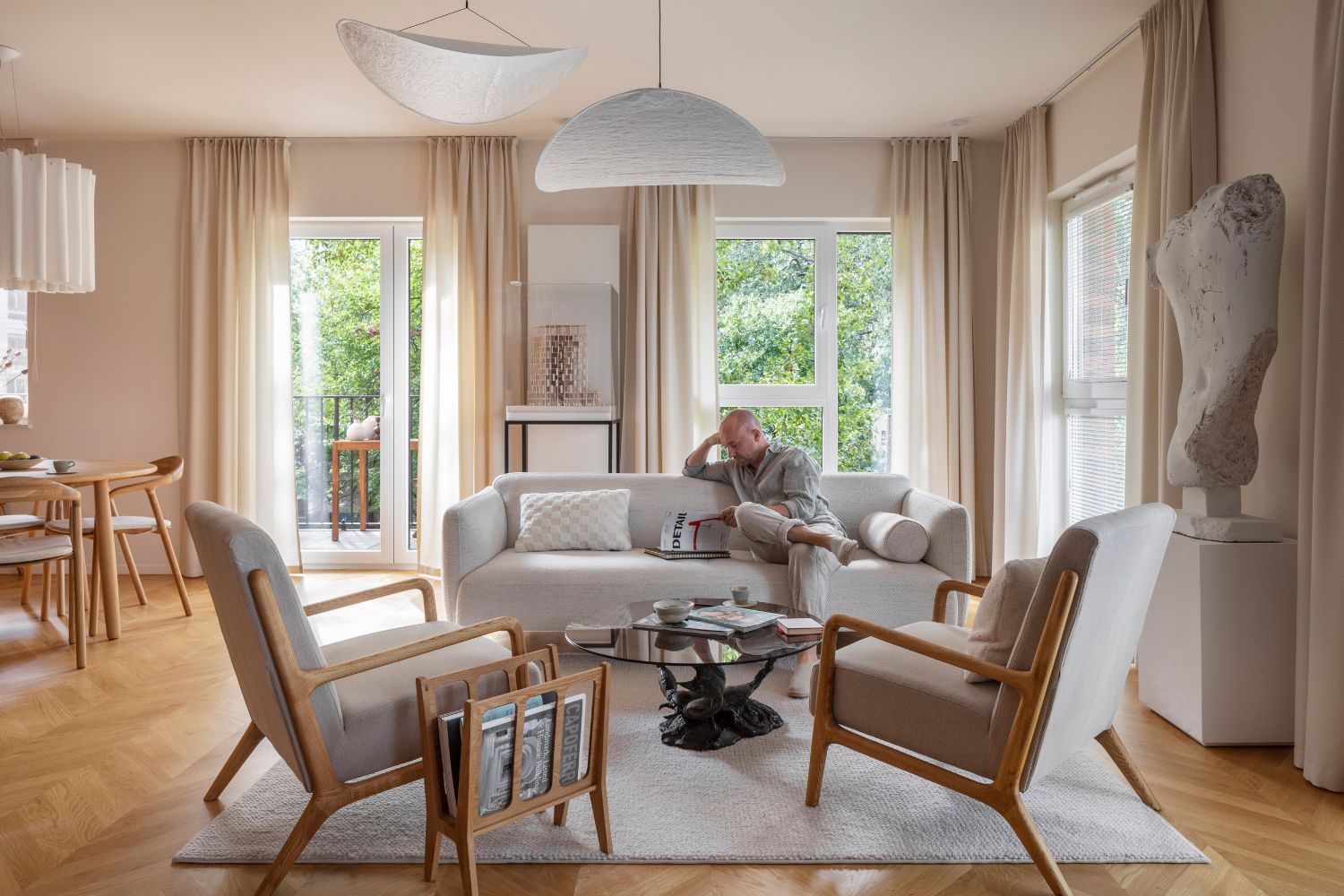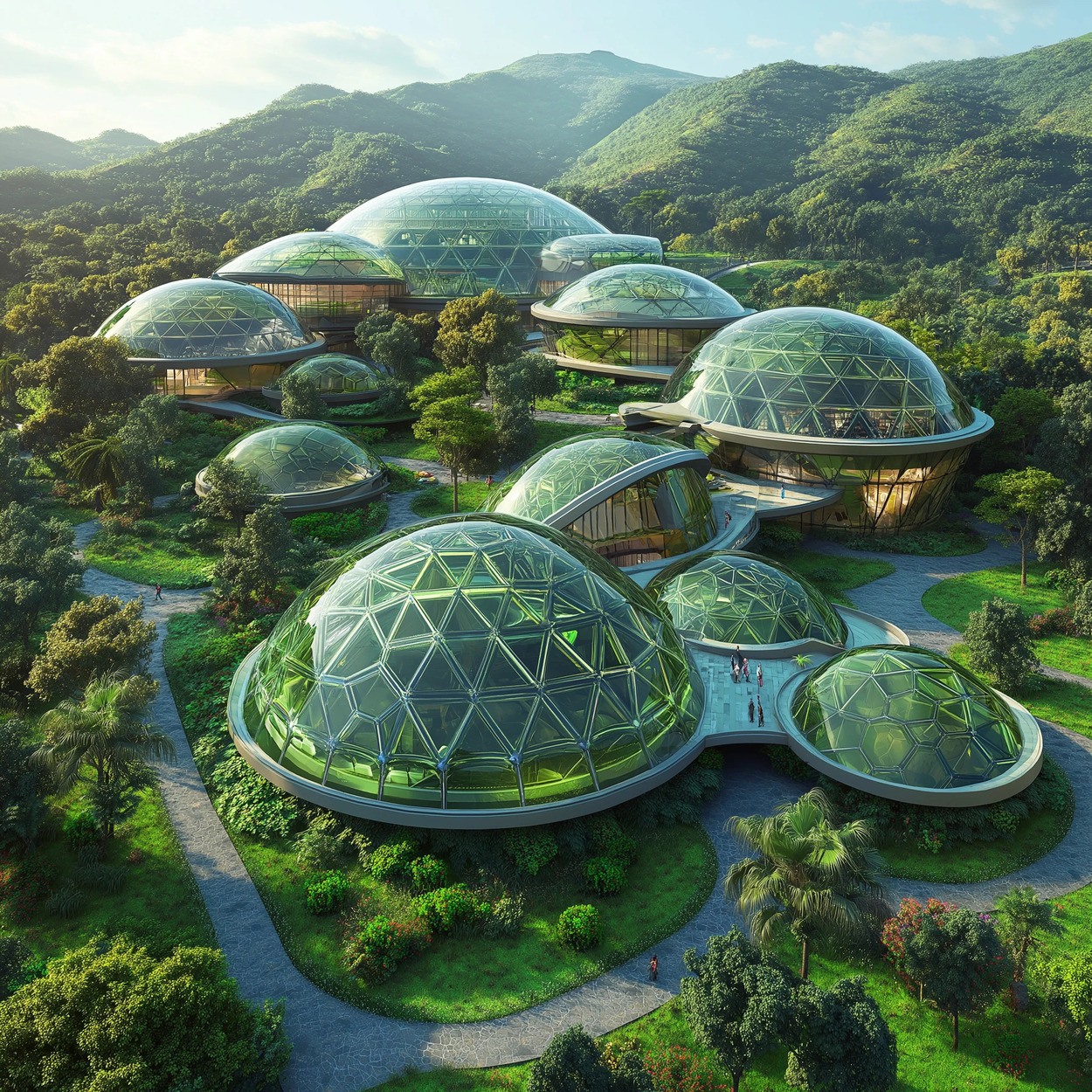- Home
- Articles
- Architectural Portfolio
- Architectral Presentation
- Inspirational Stories
- Architecture News
- Visualization
- BIM Industry
- Facade Design
- Parametric Design
- Career
- Landscape Architecture
- Construction
- Artificial Intelligence
- Sketching
- Design Softwares
- Diagrams
- Writing
- Architectural Tips
- Sustainability
- Courses
- Concept
- Technology
- History & Heritage
- Future of Architecture
- Guides & How-To
- Art & Culture
- Projects
- Interior Design
- Competitions
- Jobs
- Store
- Tools
- More
- Home
- Articles
- Architectural Portfolio
- Architectral Presentation
- Inspirational Stories
- Architecture News
- Visualization
- BIM Industry
- Facade Design
- Parametric Design
- Career
- Landscape Architecture
- Construction
- Artificial Intelligence
- Sketching
- Design Softwares
- Diagrams
- Writing
- Architectural Tips
- Sustainability
- Courses
- Concept
- Technology
- History & Heritage
- Future of Architecture
- Guides & How-To
- Art & Culture
- Projects
- Interior Design
- Competitions
- Jobs
- Store
- Tools
- More
Integrating Nature in Modern Design: A Path to Sustainable and Harmonious Living

In the quest for sustainability and well-being, the integration of nature into modern design has become more than a trend—it’s a necessity. As urban areas expand and the line between indoor and outdoor spaces blurs, architects and designers are increasingly looking to nature not just for inspiration, but as an integral component of modern living. This blog explores how the principles of biophilic design, sustainable materials, and innovative architecture are paving the way for a future where nature and modernity coexist in harmony.
Table of Contents
ToggleThe Essence of Biophilic Design
Biophilic design is at the heart of integrating nature into modern structures. This approach goes beyond mere inclusion of plants or green spaces; it involves designing spaces that connect inhabitants with nature on a deeper level. The benefits are profound, ranging from improved mental health and productivity to a decrease in stress levels. Key elements include natural lighting, ventilation, indoor gardens, and the use of organic shapes that mimic the natural world. By bringing the outdoors in, biophilic design creates a seamless transition between the natural and built environments.

Sustainable Materials: A Foundation for Natural Integration
The choice of materials plays a crucial role in harmonizing modern design with nature. Sustainable materials such as bamboo, reclaimed wood, and recycled steel not only reduce environmental impact but also add a tactile, organic feel to spaces. These materials often come with stories of their origin, adding a layer of connection to the natural world. Innovations in green technology have also led to the development of living materials, such as bio-concrete and mycelium-based products, which can self-repair and decompose naturally.
Innovative Architecture: Blending with the Environment
Modern architecture is witnessing a shift towards designs that blend with, rather than dominate, the natural landscape. This includes buildings that follow the topography of the land, incorporate water elements naturally present on the site, and use reflective surfaces to minimize visual impact. Architects are also employing adaptive reuse principles, converting existing structures into spaces that are in tune with their surroundings, thus preserving the natural and built heritage.

The Role of Technology in Natural Integration
Technology plays a pivotal role in integrating nature into modern design. From advanced building management systems that optimize natural light and air quality to smart glass that adjusts its opacity based on sunlight, technology enhances our connection to the natural world while maintaining the comforts of modern living. Additionally, augmented and virtual reality applications offer new ways to design spaces that interact with nature, allowing for experimental designs that can be tested and modified in virtual environments before implementation.
Pioneering Projects
Several pioneering projects around the world exemplify the integration of nature in modern design. The Bosco Verticale in Milan, Italy, features two residential towers adorned with over 900 trees, transforming the skyline into a vertical forest. Singapore’s Gardens by the Bay showcases how urban spaces can function as both social hubs and biodiversity sanctuaries. Meanwhile, the EDGE Olympic in Amsterdam sets a benchmark for sustainable office buildings, boasting an outstanding BREEAM rating and a design that prioritizes natural light and air, energy efficiency, and green spaces.

The Path Forward
The integration of nature into modern design is not merely an aesthetic choice but a philosophical and practical approach to addressing the challenges of urban living. It represents a commitment to sustainability, well-being, and the recognition that our futures are intrinsically linked to the natural world. As we move forward, the continued innovation in materials, technology, and design philosophy will be critical in shaping environments that are not only sustainable but also nurturing and inspirational.
The dialogue between nature and modern design is an evolving one, with each project and innovation offering new insights and possibilities. By embracing these principles, architects, designers, and inhabitants can create spaces that are not only functional and beautiful but also in harmony with the natural world, paving the way for a more sustainable and interconnected future.

Submit your architectural projects
Follow these steps for submission your project. Submission FormLatest Posts
Modern American Homes: Interior Design Trends to Watch in 2026
Interior design in the United States is evolving toward warmer, more adaptable,...
Eco-Friendly Floor Coverings: Smart Choices for a Greener Home
Eco-friendly floor coverings made simple: discover sustainable materials, trusted certifications, and room-by-room...
BXB Studio’s Hybrid Interior: Redefining the Modern Architectural Workplace
The Warsaw headquarters of BXB Studio was established in a modest 70...
What are Biodomes?
Biodomes are transforming architecture by blending ecological science with advanced design to...












Leave a comment